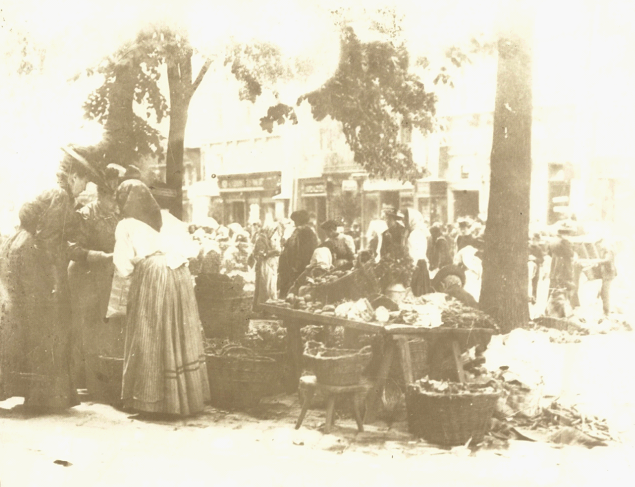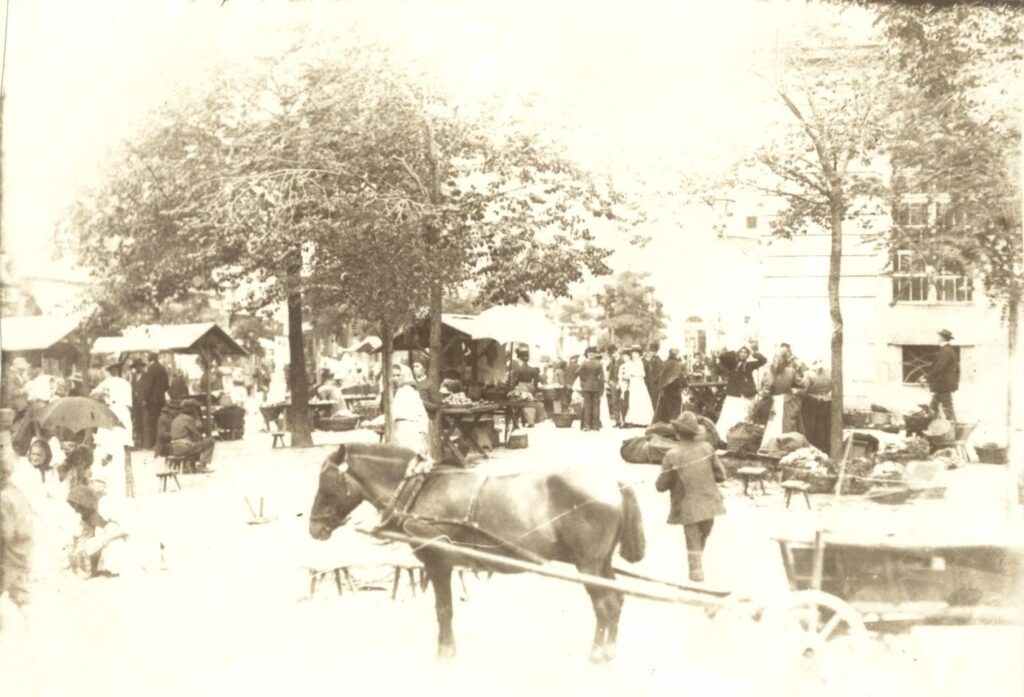
A peasant is a person who tills the land and raises livestock. Their place of residence is a rural community or village.
The peasantry took shape as a result of the decline in primitive communities, when the family economy emerged as the main form of production, based on material prerequisites. Gradually, the consanguineous community was replaced by a territorial one, which led to the formation of private property. As a result, gradual social stratification led to most members of the community becoming part of an exploited class.
In Russia, the history of the peasantry began with its categorisation as a separate class. There are different answers to the question of how this isolation occurred. The subsequent history of the peasantry developed in different ways in certain parts of the country: in central Russia, in the north and in Little Russia.
Between the 15th and 17th centuries, Russian peasants became the basis for the formation of modern Russian people. Chuvash was the name given to the peasantry of non-Russian origin in the territory of the Volga region in the 16th and 17th centuries, and to Latvians in the western regions of Russia. Serfdom involved a complex legal relationship that had formed over time, and a part of the noble world, heterogeneous in time and place.
During the reign of Peter I, several groups of peasants were established: serfs, monasteries and state. All peasants paid a single tax. To maintain the regular army in 1718, Peter I ordered a census of men; that is to say, a revision census. This contained information from censuses of the population subject to the poll tax in Russia (18th–19th centuries). In the revision census, names, patronymics, surnames (if any) and the ages of the heads of families as well as other family members were collected. Several revisions were carried out in tsarist Russia. Some of the first were in 1719, 1743 and 1811. Revision censuses are of great value for genealogy purposes which is why most professional genealogists will use them to begin a piece of family ancestry research.
The head tax was introduced in 1724. All men were taxed, including the old and even babies (with the exception of the nobility and clergy). The rates were set differently: state peasants paid more than serfs. Over time, the courtyard people had the opportunity to serve in the army without the consent of the master, and merchant peasants could be listed in cities without the permission of the landowner. In addition, special conditions were imposed on carpenters in connection with the development of shipbuilding.
An important milestone in the plight of the peasantry was the reform of 1861 which abolished serfdom and gave impetus to the capitalist development of the economy. The reason for this was the decline in feudal–serf relations which entailed peasant unrest. Changes after the reform were gradual. In the early years, it even seemed as if nothing had happened. Peasants officially recognised as free were forced to pay a quitrent or to work off a corvée. The law on land redemption obliged peasants to redeem land at a cost, sometimes several times greater than the market value. The appearance of sections – lands cut off from points important for the economy (forests, rivers, churches, etc.) – led to a number of inconveniences. Previously used by the peasants, they were now transferred to the landlords without the right to redemption. The peasants were forced to rent them, which imposed on them an additional financial burden. Subsequently, one of the demands made by the peasant class was the abolition of the sections.

Despite all this, there was a general rise in the productivity of peasant labour and an increase in the quality of the goods produced, which had a positive effect on the well-being of the people. However, at the historical turn of the 19th and 20th centuries, there was a gradual degradation of landlords, although landowners still owned a significant part of the land. Unresolved agrarian issues (recurrent famine, grain exports, lack of land due to population growth) arose, which became the prerequisites for the revolutionary events of 1905–1907. Stolypin’s reforms were aimed at alleviating the peasants’ situation. A number of measures were implemented, including the relocation of some of the workers to the east of the Urals, industrialisation, and development of the lands of Kazakhstan and Siberia.
During the First World War, most of the peasantry were mobilised to the front line, while in the cities the workers had certain indulgences. This further exacerbated the state of affairs in agriculture and led to the impoverishment of the peasantry and in turn anger, which was reflected in the revolutionary confrontation of 1917. The government mistakenly believed that the peasants supported the monarchy. After the February Revolution of 1917, the number of riots and land squatters increased, in response to which the Decree on Land was issued in November 1917, proclaiming the distribution of land to landowners free of charge. And, by the Decree on the Elimination of All Estates of November 11, 1917, the peasant estate was abolished, and henceforth citizens were considered equal.
enquiry![]() truegenealogist.com
truegenealogist.com
